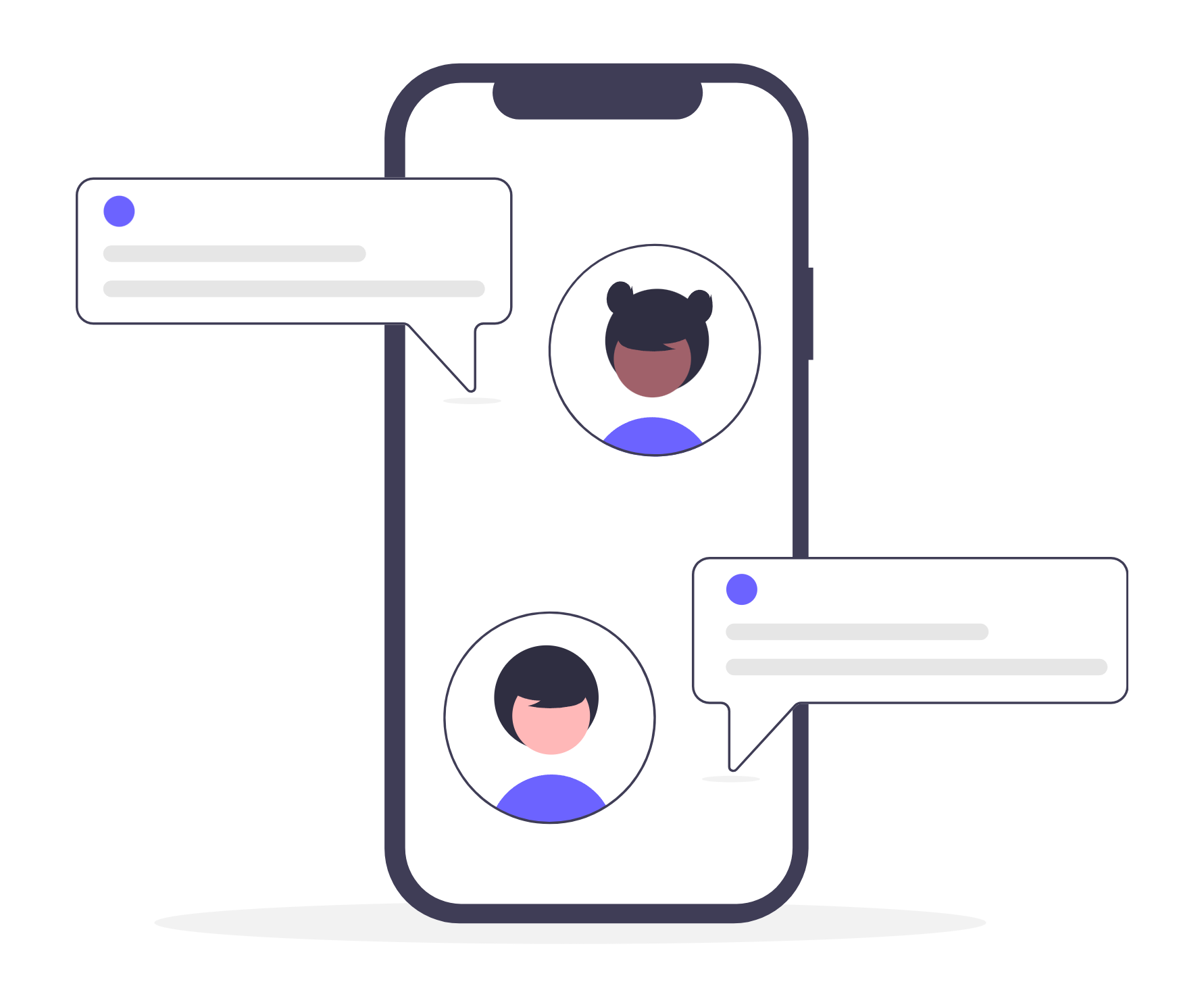Corporate training is undergoing a technology-driven revolution. Companies across all industries are embracing interactive learning to create more dynamic and effective experiences for their employees. The use of tools like artificial intelligence (AI), gamification, and personalized digital platforms is transforming the way employees learn, making training more engaging and tailored to individual needs.
In this article, we’ll explore how companies are using interactive learning to revolutionize their corporate training, what the benefits of this approach are, and how this trend could shape the future of the workforce.
Benefits of Interactive Learning in Training
1. Greater Engagement
Interactive learning uses elements such as quizzes, simulations and challenges to make training more engaging. When employees feel engaged, participation and retention of the content increase significantly.
2. Content Personalization
Using AI, training can be personalized based on each employee’s level of knowledge, skills, and needs. This tailoring ensures that each person receives exactly what they need to improve their performance.
3. Real-Time Feedback
Interactive platforms provide immediate feedback to employees, allowing them to correct mistakes and continually improve their skills. This also helps companies identify gaps in learning and adjust training as needed.
4. Scalability
Interactive training can be easily scaled to teams of any size. With online tools, you can deliver training simultaneously to employees in different locations, saving time and resources.
5. Improved Return on Investment (ROI)
By making training more effective, companies can increase employee productivity, reduce errors, and improve overall performance. This translates into a higher ROI for training programs.
Interactive Learning Tools
1. Gamification
Gamification is one of the most popular trends in interactive learning. By incorporating game elements such as points, rankings, and rewards, companies can motivate employees and make learning more fun.
2. Simulators and Virtual Reality (VR)
Simulators and virtual reality technologies offer immersive experiences that allow employees to practice real-world situations in a safe environment. This is especially useful in industries such as healthcare, aviation, and manufacturing.
3. AI-Based Chatbots
Chatbots can act as virtual tutors, answering questions, offering explanations, and guiding employees through training. These tools are always available and can adapt to each user’s needs.
4. Customized E-learning Platforms
Platforms like LMS (Learning Management System) allow companies to create and manage personalized training. With detailed analytics, it is possible to monitor employee progress and adjust content based on results.
5. Mobile-First Trainings
With the rise of mobile device usage, many companies are adopting training optimized for smartphones and tablets. This allows employees to learn anywhere, anytime.
Practical Examples of Interactive Learning
1. Walmart and Virtual Reality
Walmart uses virtual reality to train its employees for situations like Black Friday. With simulators, employees can practice crowd management and problem-solving in a controlled environment.
2. IBM and Gamification
IBM has implemented gamification elements into its corporate training to increase employee engagement. The company uses challenges and rewards to encourage active participation and improve knowledge retention.
3. Deloitte and Online Simulations
Deloitte uses online simulations to train its employees in leadership skills. These simulations place participants in real-world scenarios, helping them develop skills essential for their careers.
How to Implement Interactive Learning in Your Company
1. Identify Your Team’s Needs
Before implementing any solution, it’s important to understand your team’s needs and goals. This will help you select the most appropriate tools and approaches.
2. Choose the Right Tools
Consider using e-learning platforms, chatbots, simulators, or gamification elements. Choose tools that align with your training objectives and company culture.
3. Create Relevant Content
Make sure the content is engaging and relevant to your employees. Use practical examples, case studies, and interactive activities to keep your participants engaged.
4. Monitor and Adjust
Use analytics and employee feedback to adjust training. This will ensure that it remains effective and aligned with company goals.
The Future of Interactive Learning
Interactive learning is shaping the future of corporate training. As technology continues to evolve, companies will have access to even more advanced tools, such as generative AI and augmented reality. These innovations will make learning more accessible, effective, and tailored to individual needs.
By adopting interactive learning, companies not only prepare their employees for the challenges of the future, but also create a more engaging and productive work environment. Investing in technology to train and empower employees is more than just a trend — it’s an essential strategy for companies that want to stand out in the market. If you need more information or adjustments, I’m at your disposal!





